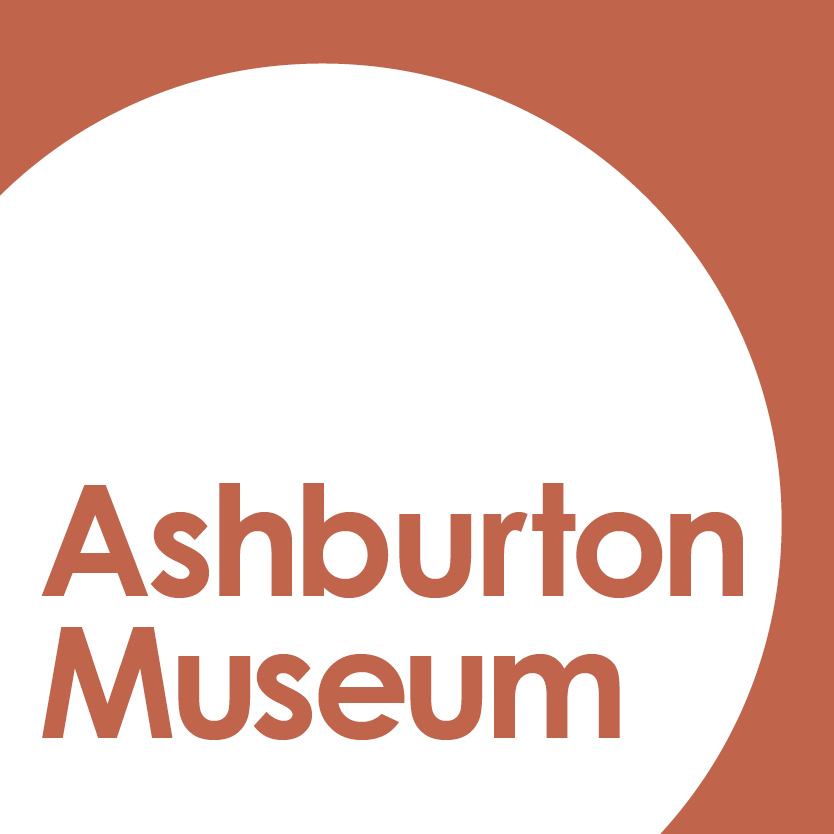
Our last summer exhibition, Dig In Mahi Mara, managed to spark much interest early on. It seems everyone has, or has had, a garden or an opportunity to experience the pleasure at growing plants, see them bloom and produce something enjoyable either to eat or view.
The practice of cultivation is something embedded in our background. Well before early people practiced animal husbandry they were gardening.
It is thought that the first attempts at purposely growing food, rather than simply gathering ‘found’ edibles, occurred at the area known as the Levant. This area in the Middle East, is thought by some to be the location of the biblical Garden of Eden.
Fertile soils and good climate allowed grains and other wild foods to be grown and provide a reliable, constant source of food. While hunting was important, much of the diet of those earliest humans was gathered or grown, and plant based.
While many people only dabble with food crops, having a few vegetable plants in the garden, a whole row of potatoes ready for Christmas, or maybe a fruit tree or two, by and large, vegetable gardens are only the domain of the ‘serious’ gardener these days.
A generation or two ago, however, people relied on their gardens to provide food for their large families.
It is no accident, therefore for example, that state houses, until recently, had large backyards. While it provided a great space for the kids to play in, there was an expectation that the poorer families who inhabited the houses would have good vegetable gardens.

Learning and sharing
There was no excuse not to be able to grow something as everyone had been taught from an early age how to tend for their plants. While the home garden was the first point of learning, most schools had a garden and numerous competitions were run for the best school garden or the largest single item grown.
Garden clubs, horticultural societies or such groups as churches and women’s groups held regular competitions; and I have heard sometimes the rivalry to be the best gardener was quite intense.
However, for the majority of time, gardening encouraged cooperation. Families often worked together in planting, tending and harvesting their produce. Neighbours often shared excesses or offered advice to young couples or new arrivals to their community on what to grow where and when. Many gardeners continue these traditions.
Bumper crops, particularly before the advent of freezers, saw food shared either with friends and family or those less fortunate. Every year many churches had a harvest thanksgiving festival where food was gathered and given to the poor, elderly or those in need.
A knitted garden
Dig In Mahi Mara continued these practices. It sought to highlight the joy the garden brings to many and how it can nourish us in more ways than one.
It also shows us how gardens have changed. No more are local gardens confined to the stock vegetables of spuds, peas and beans. Ashburton gardens may just as likely have bok choy, kumara and maybe taro, reflecting our multicultural community. We may also experiment with such ‘slightly cosmopolitan’ plants as eggplant, or more mundane plants that have been jazzed up – such as coloured silver beet or acid free tomatoes.
Our exhibition, inspired by the Home Grown exhibition at Waikato Museum, in a very real sense highlighted local gardens, gardening and the gardeners themselves. This exhibition required a great deal of planning and preparation.
Because we couldn’t use real produce, Dig In Mahi Mara included dozens of hand knitted and crochets vegetables and fruit sent to us by crafty people from throughout New Zealand. This meant a large number of people helped to grow our community garden – people with time, talents and knowledge to see it grow from a shoot of an idea into a blossoming fruition. The result was very realistic and colourful. It also required regular maintenance to see that the handcrafted vegetables were still in place and intact. Like gardeners, the staff of Ashburton Museum and those that have helped us, took an idea and nurtured it.
By Connor Lysaght
Captions
- Travis, Riley, and Holly enjoy the garden in Dig In Mahi Mara at Ashburton Museum.
- Boys gardening at Hampstead School
- This gardener look like he’s taking a break from getting his garden ready for next season. A man powered rotary hoe sits waiting.
- Just as roles of men and women were divided, so too were the gardens. This unidentified house shows the pretty and public flower garden at the front, while the more utilitarian vegetable patch and orchard is out the back, along with the chooks and the washing.
- This Mackie image of their home in Ellengowan home in Belt road, clearly shows the division of flower bed and vege patch.
- The worst part of gardening is the preparation. Boys, possibly from Hampstead again, resting after digging a large vegetable patch.
- It wasn’t just state house families that were expected to grow their own food. This image shows the large vegetable garden of the Ashburton Hospital.






Leave a comment